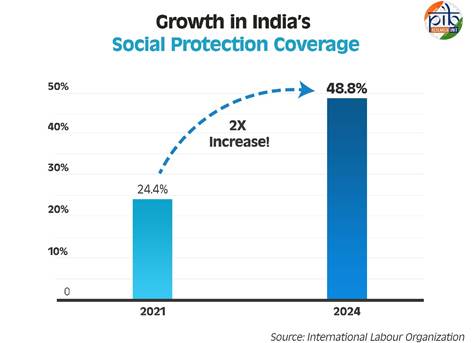

**Tesla’s Exploration of CarPlay Integration: A Strategic Evolution in EV Technology**
Tesla, the premier electric vehicle (EV) producer, is reportedly contemplating the inclusion of Apple CarPlay in its cars, potentially as soon as the end of this year. This move signifies a major shift from Tesla’s conventional strategy of creating its in-car software ecosystem independently, avoiding reliance on external applications.
### Tesla’s Progress on CarPlay
As per a recent report from Bloomberg, Tesla is presently conducting internal tests for CarPlay support. While conversations about a launch are in progress, no final plan has been set, and the timeline for release could be adjusted. The variant of CarPlay under evaluation is the standard version, not the more sophisticated CarPlay Ultra. Importantly, Tesla’s implementation will enable CarPlay to operate within a separate window of its current software interface, rather than entirely commandeering the vehicle’s operating system. This dual-interface strategy ensures that while users can utilize CarPlay, they will still engage with Tesla’s native features and applications.
Tesla is also anticipated to offer wireless CarPlay, boosting user convenience. However, it’s crucial to understand that CarPlay will not connect with Tesla’s advanced functionalities, such as Full Self-Driving (FSD) mode, meaning drivers will continue to depend on Tesla’s navigation system for those features.
### The Industry Landscape
Tesla’s potential move to adopt CarPlay is significant as the company has been among the largest abstainers from this widely-used feature. Rivian, another EV maker, has also decided against including CarPlay in its models, while General Motors has recently revealed plans to eliminate CarPlay support completely. Tesla’s transition towards CarPlay arrives as the firm encounters obstacles, such as dwindling vehicle sales and heightened competition in the EV sector. By incorporating CarPlay, which many consumers view as a vital feature, Tesla aims to bolster its attractiveness to prospective buyers and enhance its market standing.
### Market Implications
The rollout of CarPlay could carry wider implications for the EV industry. It may encourage other manufacturers, like Rivian, to rethink their positions on integrating third-party software. The dual-window approach suggested by Tesla might set a precedent for finding a balance between proprietary systems and popular consumer applications, allowing manufacturers to retain authority over the in-car experience while providing users with the conveniences they seek.
As Tesla navigates these adjustments, the choice to integrate CarPlay could be pivotal in its strategy to reclaim market share and cater to the shifting preferences of consumers within the competitive EV arena.
In summary, Tesla’s exploration of CarPlay support signifies a noteworthy transformation in its operational mindset, illustrating the company’s adaptability to market needs and consumer desires. As the automotive sector continues to progress, the incorporation of widely-adopted technologies like CarPlay may emerge as a crucial element in driving sales and enhancing user satisfaction within electric vehicles.